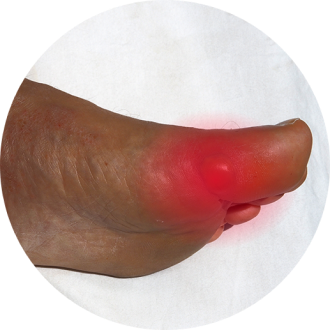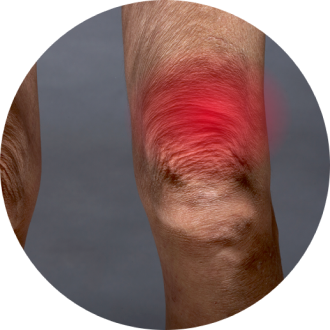4X
Black Americans with PAD have an approximately 4x higher risk of amputation than other Americans.1
25%
Black Americans are 25% less likely than white Americans to have surgery to restore blood flow prior to a leg amputation.5
2X
Black Americans are more than twice as likely as white Americans to have PAD.2
If any of these signs are familiar or you recognize them in a loved one, download this Conversation Guide and talk to your doctor about PAD screening.
You are leaving
SAVELEGSCHANGELIVES.COM
Please click CONTINUE below to learn more about a treatment option.
This website contains information about a prescription medicine.
Learn more about the peripheral artery disease symptoms and risk factors, and how you can work with your care team to help prevent it.


See how PAD affects the body and how it differs from other types of heart disease.


Learn the signs and symptoms to look for when assessing your PAD risk.


Find out how to talk to your doctor about PAD.
Here's what to watch out for when assessing your own risk for PAD.



Slow toenail
growth4

Sores/wounds on the soles of the feet that refuse to heal1

Change in skin
coloration1

Skin appears shiny1

Loss of leg hair1
Heart Attack
Death from Heart Attack or Stroke
Stroke
Amputation
Loss of Mobility
Older Age
Heart Disease
Family History of Heart Disease, PAD, or Stroke
Diabetes
High Cholesterol
Obesity
High Blood Pressure
History of Smoking
Poor Kidney Function
If you're experiencing any of these factors, you may be at risk for PAD.Download our Risk Assessment Form to learn more.
Download Risk Assesment FormQuit Smoking
Eat a "Heart-Healthy" Diet
...About Exercise
...To Check the Pulses in Your Feet
...If You Are at Risk for PAD
...About Foot Care
For more ways to reduce your risk, download our Healthcare Provider Conversation Guide and talk to your doctor.
Download Conversation Guide
You're not alone in the fight against PAD.
Patient Resources